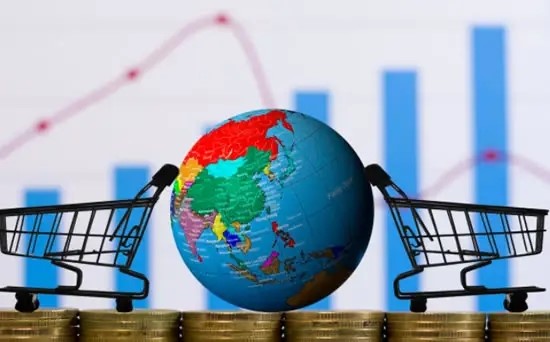1. increase the power of UV curing lamp: on most substrates, increasing the power of UV curing will increase the adhesion between UV ink and substrate. This is especially important in multi-layer printing: when painting the second layer of UV coating, the first layer of UV ink must be completely cured. Otherwise, once the second layer of UV ink is printed on the surface of the substrate, the underlying UV ink will have no chance to cure further. Of course, on some substrates, over curing can cause UV inks to break when cut.
2. reduce the printing speed: reducing the printing speed while increasing the UV lamp power can also improve the adhesion of UV ink. On the UV flat-panel inkjet printer, the printing effect can also be improved by one-way printing (rather than back and forth printing). However, on the substrate that is easy to curl, heating and deceleration will also cause the substrate to curl.
3. extend curing time: it must be noted that UV ink will cure after printing. Especially in the first 24 hours after printing, this will improve UV adhesion. If possible, postpone the process of trimming the substrate until twenty-four hours after UV printing.
4. check whether the UV lamp and its accessories work normally: if the adhesion is reduced on the substrate that is relatively easy to attach at ordinary times, it is necessary to check whether the UV lamp and its accessories work normally. All UV curing lamps have a certain effective service life (generally, the service life is about 1000 hours). When the service life of the UV curing lamp exceeds its service life, with the gradual decomposition of the lamp’s electrode, the inner wall of the lamp will deposit, the transparency and UV transmittance will gradually weaken, and the power will be greatly reduced. In addition, if the reflector of the UV curing lamp is too dirty, the reflected energy of the UV curing lamp will be lost (the reflected energy can account for about 50% of the power of the whole UV curing lamp), which will also lead to the decrease of the power of the UV curing lamp. There are also some printing presses whose UV curing lamp power configuration is unreasonable. To avoid poor ink curing caused by insufficient power of UV curing lamp, it is necessary to ensure that the UV curing lamp works within the effective service life, and the UV curing lamp that has exceeded the service life shall be replaced in time. The UV curing lamp shall be cleaned regularly to ensure that the reflector is clean and reduce the loss of reflected energy.
5. reduce the ink layer thickness: because the adhesion effect is related to the degree of UV ink curing, reducing the amount of UV ink will promote the adhesion to the substrate. For example, in the process of large-area printing, due to the large amount of ink and the thick ink layer, the surface layer of the ink solidifies while the bottom layer is not fully solidified during UV curing. Once the ink is pseudo dry, the adhesion between the ink substrate and the substrate surface becomes poor, which will lead to the falling off of the ink layer on the surface of the print due to surface friction in the processing process of the subsequent process. When printing large-area live parts, pay attention to strictly control the ink amount. For some spot color printing, it is better to darken the color when mixing ink, so that deep ink and thin printing can be carried out during the printing process, so as to fully solidify the ink and increase the firmness of the ink layer.
6. heating: in the screen printing industry, it is recommended to heat the substrate before UV curing before printing the substrate that is difficult to adhere. After heating with near-infrared light or far-infrared light for 15-90 seconds, the adhesion of UV ink on the substrate can be strengthened.
7. ink adhesion promoter: the ink adhesion promoter can improve the adhesion between the ink and the material. Therefore, if the UV ink still has adhesion problems on the substrate using the above methods, a layer of adhesion promoter can be sprayed on the surface of the substrate.
Solution to the problem of poor UV adhesion on plastic and metal surfaces:
The effective solution to the problem of poor adhesion of UV paint on nylon, PP and other plastics and stainless steel, zinc alloy, aluminum alloy and other metal surfaces is to spray a layer of Jisheng adhesion treatment agent between the substrate and the paint coating to improve the adhesion between the layers.
Post time: Jun-28-2022













